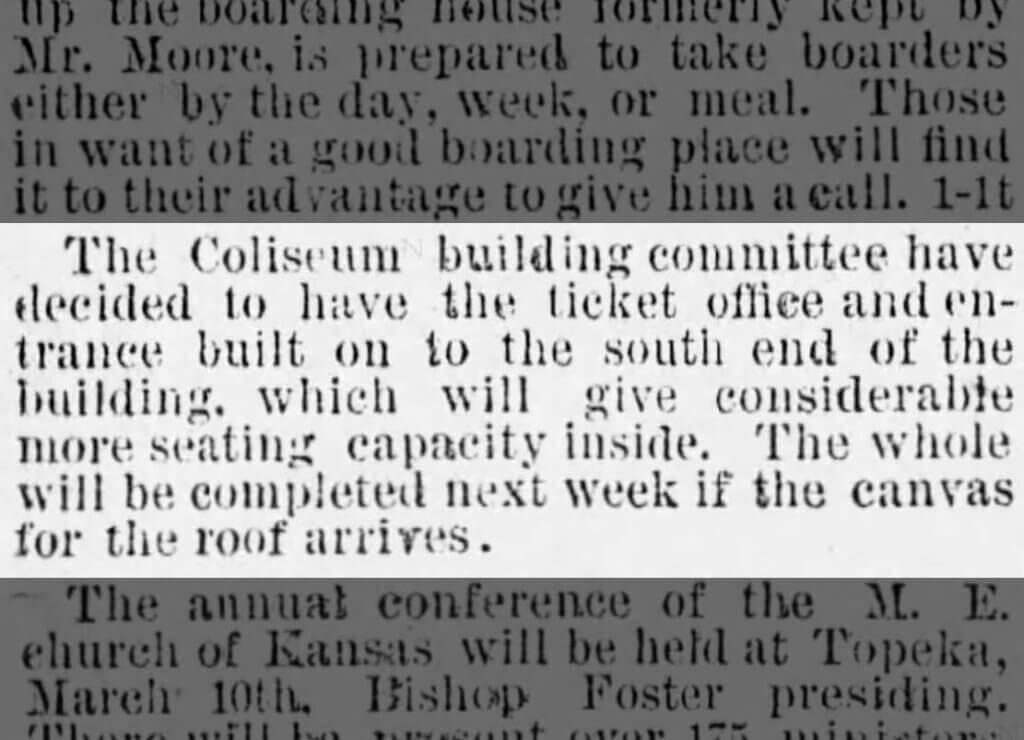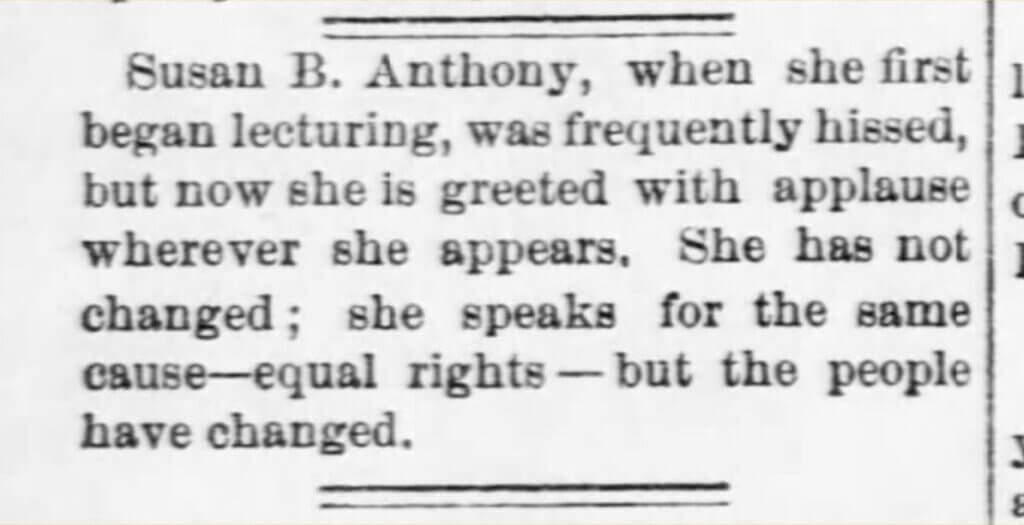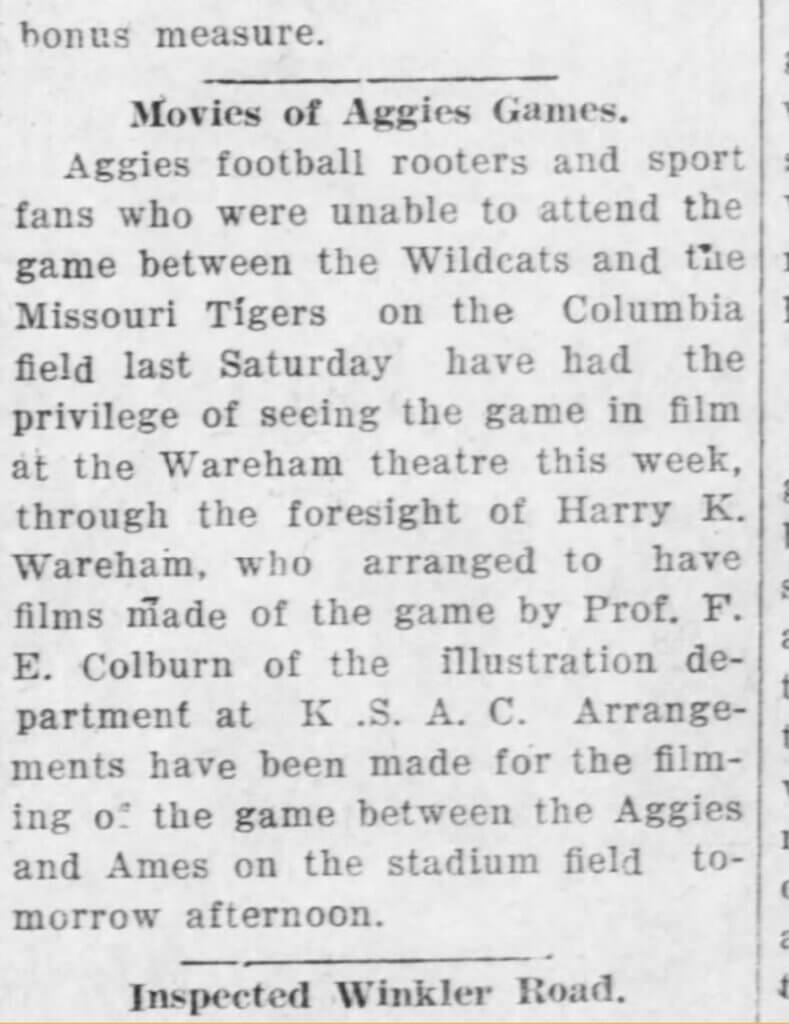A Beacon of Entertainment since 1880
For over 143 years, the Wareham’s walls have echoed with the sounds of vaudeville acts, flickering films, and soul-stirring live music performances.
Now, it’s time to restore this cultural icon located in the heart of Manhattan’s downtown and usher it into a new era of entertainment.
1880
Built at 410 Poyntz Avenue, “The Coliseum” opened its doors as the premier entertainment hub in town. It was a 40’ x 70’ timber structure with a canvas roof that quickly became the go-to destination for vaudeville performances, exhibitions, and community gatherings.

1884
1886

1887
Moore’s Opera House welcomed the influential suffragette Susan B. Anthony who delivered a lecture on equal rights for women. The Manhattan Republic reported that Anthony, once met with hisses in her early lecturing days, now commanded applause wherever she appeared. Her presence in Manhattan symbolized the evolving attitudes of the people toward her cause.

1893

1900
Wareham’s Opera House marked a milestone by screening one of the first motion pictures in the state. The “Cinematoscope,” an extraordinary achievement in photographic science that offered life-like moving pictures and illustrated songs, was showcased at the opera house. The first film shown was the Fitzsimons-Jeffries glove contest, which captivated audiences with its realistic portrayal. As the venue continued to innovate, it solidified its position as a premier venue for cutting-edge entertainment
1908

1918

1922

1938
In 1938, the Wareham Theater underwent its most iconic renovation that introduced the neon sign, which has since become a recognizable symbol of the theater’s identity.
The renovation covered not only the front but also the adjacent buildings, creating a cohesive and visually stunning structure.
Though interior images from this time are scarce, it is believed that the remodel replaced the ornate finishes of 1915 with a streamline-moderne aesthetic that epitomized contemporary cinema design.

1951

1986
1988
2005

2022
